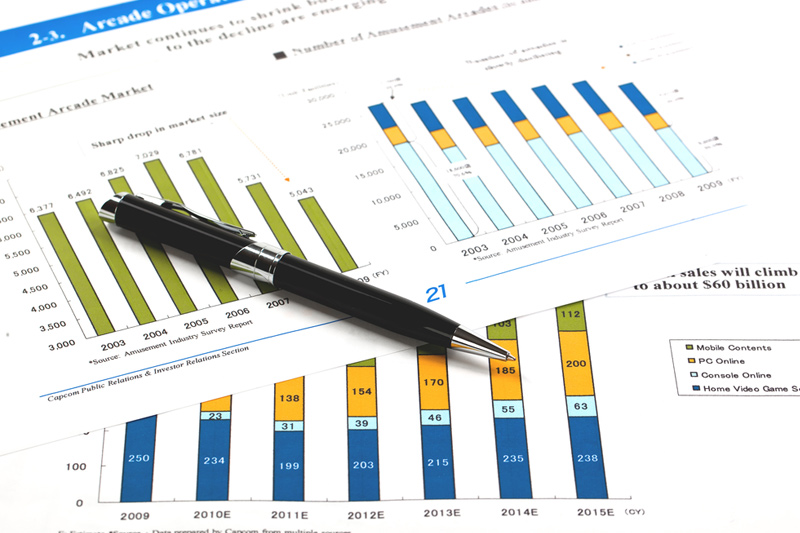LONDON (Reuters) -The end of the year is almost in sight for traders, yet the last mile will be anything but slow.
Central banks in the United States, Japan and Britain meet, while Germany holds a vote of no confidence in the government.
Here’s all you need to know about the coming week in world markets from Lewis (JO:) Krauskopf in New York, Kevin Buckland in Tokyo and Naomi Rovnick, Amanda Cooper and Dhara Ranasinghe in London.
1/ CUT, THEN WHAT?
The U.S. Federal Reserve is expected to continue monetary easing with a 25 basis point (bps) rate cut on Wednesday, in what would be its third straight reduction, with the latest consumer price index rising in line with economists’ estimates.
Investors have curtailed expectations for how much the Fed will cut next year. Traders expect rates to fall to about 3.7% by end-2025 from the current 4.5%-4.75% range, roughly 90 basis points higher than what was priced in September.
That puts the focus on the Fed’s own rate projections and on any insight from Chair Jerome Powell about his expectations for future easing. Powell has said the economy is stronger now than the Fed had anticipated in September, and appeared to signal his support for a slower pace of rate cuts ahead.
2/ HIKE ON HOLD?
The pendulum of BOJ policy expectations has swung widely in the last two weeks, tying traders in knots.
But as the Dec. 19 decision looms, the signal is becoming clearer – even if the outcome is still uncertain.
Reuters reported on Thursday that policymakers are leaning towards a pause, waiting for further data on wages and clarity on Donald Trump’s policies before raising rates for a third time.
A day earlier, Bloomberg reported that BOJ officials see “little cost” from delaying additional tightening.
No doubt the BOJ decision is live, meaning market volatility could be high. One mooted risk is that the Fed surprises by not cutting rates on Dec. 18, triggering a jump in dollar/yen.
But analysts note it would be very rare for the Fed to go against the grain when market conviction for a cut is so strong.
3/ VORSPRUNG DURCH TECHNICALITY
index is this year’s best-performing European index, up 22%, hitting record high after record high.
Defence, tech and construction stocks have more than made up for the performance of its out of favour auto sector. Corporate Germany appears to be weathering sluggish growth and political drama. A no-confidence vote in the government on Dec 16 should pave the way for a February snap election.
But the devil is in the details. Goldman Sachs says just 18% of DAX sales come from Germany versus the 33% for companies on the mid-cap MDAX, which is down 1.1% this year. German corporate earnings shrank 5.4% on an annual basis in the third quarter, versus 8.2% growth for STOXX earnings, based on LSEG data.
German equities may start aligning a little more closely with the underlying economic and political reality.
4/ TIME FOR BOE SURPRISE?
When it comes to rate cuts, the Bank of England has been driving in the slow lane.
Traders expect the BoE to hold rates at 4.75% on Thursday, just 50 bps below a previous 16-year peak, and to resist a third 25 bp cut until February.
Employer tax hikes in the Labour government’s October budget motivated big businesses to warn of price rises, fuelling inflation concerns and helping propel sterling to 2-1/2 year highs against the euro as the ECB eases policy more rapidly than the BoE.
But bond markets are querying this divergence, with two-year gilt yields, which move on rate forecasts, dropping to about 4.38% from more than 4.5% a month ago.
UK employment growth is slowing as tax rises deter hiring plans and consumer confidence is weak. Sterling bulls should watch out for the BoE shifting gears.
5/ SHAKIER GROUND
Once-robust services sectors across big economies are faltering, bringing a divergence with sluggish manufacturing activity to an end.
That was the takeaway from November PMIs. December numbers, out across the globe next week, should show if the slowdown is getting deeper.
The November euro zone composite PMI, seen as a good gauge of overall economic health, sank to 48.3 from October’s 50.0. Britain’s all-sector PMI fell to its lowest in a year at 50.9 – just above the marker that separates contraction from expansion. Even U.S. services sector activity slowed.

U.S. tariff worries, and French and German political ructions have the potential to hurt business activity.
For some observers, the PMI data paints too pessimistic a picture of underlying activity, with falling interest rates helping to bolster sentiment.
(Graphics by Prinz Magtulis, Pasit Kongkunakornkul, Vineet Sachdev ; Compiled by Dhara Ranasinghe, KIrsten Donovan)


